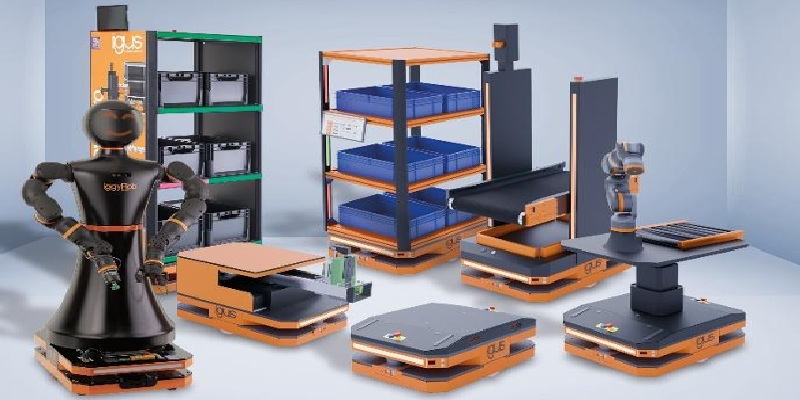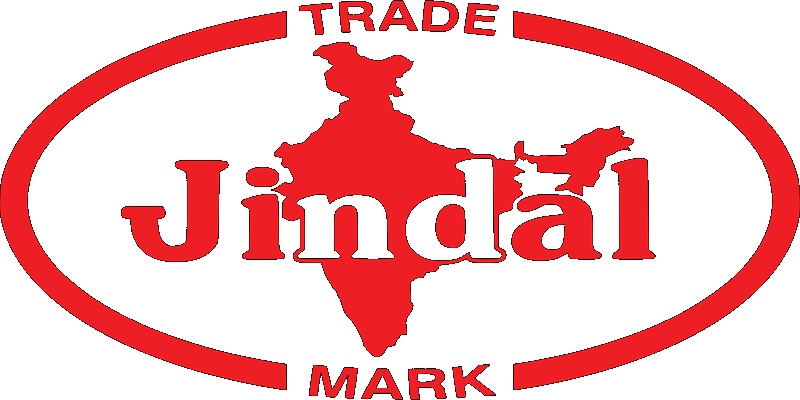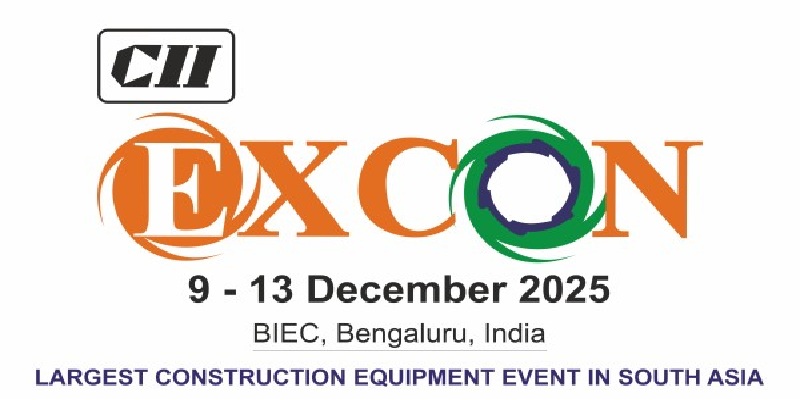Schedule a Call Back
Sanjiv Garg: DFCs have improved turnaround time for freight trains
 Interviews
Interviews- Sep 28,24
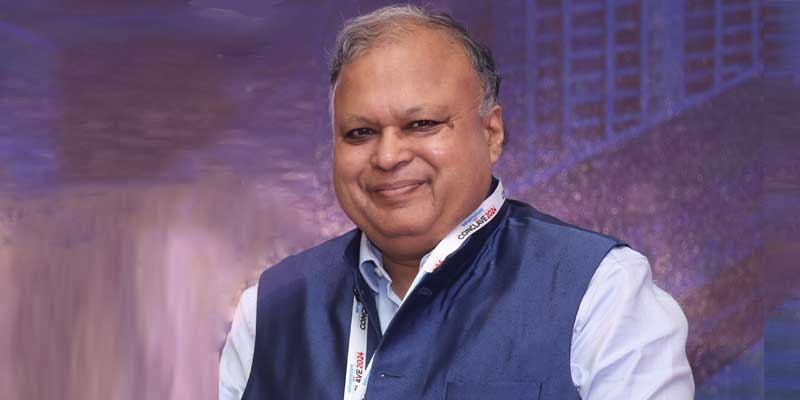
Related Stories

India’s demand for high-precision machine tools is rising: K Balasubramaniam
In this interaction with Rakesh Rao, K Balasubramaniam, Founder, Tsugami Precision India, discusses the evolving machine tools landscape and the company’s role in shaping India’s manufacturing t..
Read more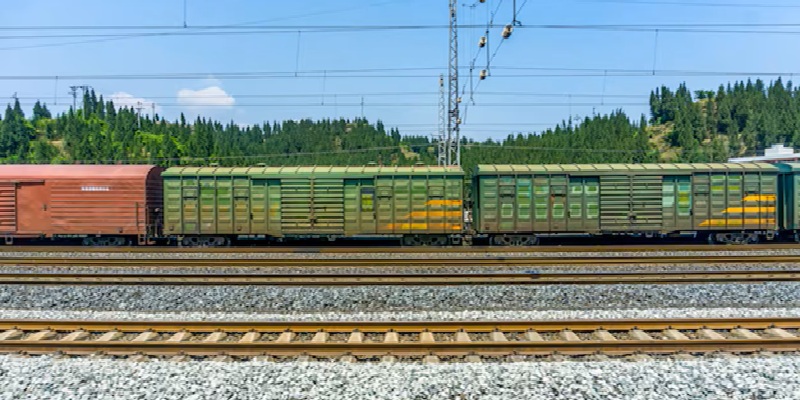
Alstom Marks 10 Years of MELPL and India’s Most Powerful Freight Locos
Alstom today celebrated 10 successful years of Madhepura Electric Locomotive Private Limited (MELPL), its partnership with Indian Railways dedicated to building India’s most powerful electric frei..
Read more
Can AI be the game changer for Indian manufacturers?
While manpower issues and quality are driving adoption of industrial automation, cost and lack of knowledge are causing hindrances. Artificial intelligence (AI) can be the game changer, writes Rakes..
Read moreRelated Products

Ball Rail Systems
Jinisha Electrolites offers a wide assortment of ball rail systems





